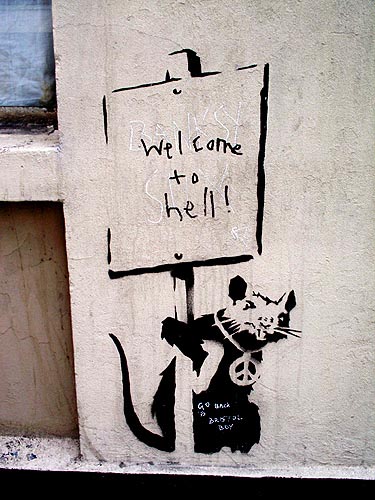

Drug eluting polyethylene with highly eccentric drug clusters reported in this study allowed much lower drug loading for efficient drug elution, high mechanical strength, and favorable wear rate. Because of its spherical drug cluster morphology, PMMA bone cement requires high drug loading for sufficient drug elution and has weak mechanical strength. Highly eccentric drug eluting polyethyleneĬurrent gold standard of treatment for prosthetic joint infection (PJI) is two stage surgery, which involves replacement of infected prosthesis with antibiotic eluting PMMA bone cement and intravenous antibiotics (stage 1), and subsequent removal of PMMA bone cement and replacement with a new joint prosthesis after bacterial cultures confirm clearance of infection (stage 2). The primary use of BC in joint implants is fixation of the bone-implant interface however, BC has low tensile strength and impact toughness and is unsuitable for use in continuous load-bearing.

This period is followed by the placement of new implant components but in cases where the temporary spacers are used for long-term weight bearing without the placement of new implants, BC spacers have shown a complication rate of 26–60 % within 49–54 months, mainly due to dislocation (11–17 %) and fracture (10–14 %). The gold standard in treating PJI involves two-stage surgery where removal of all components of the infected implants is followed by a minimum of 6–8 weeks of antibiotic-eluting bone cement (BC) spacer placement where the patients have limited mobility and function ( Figure 1). The current treatments incorporate antibiotics into poly methyl-methacrylate bone cement, ceramic bone graft substitutes, or resorbable polymeric systems. A strategy to address this is to deliver antibiotics locally by incorporating them into orthopaedic implant materials. Īntibiotic penetration into the joint space and bone from systemic administration is limited because of poor blood supply to the infected area. End-stage treatments are severely morbid, including multiple revisions, resection arthroplasty, arthrodesis and amputation. PJI is an increasing healthcare burden with a recurrence rate of 16 % ) and a mortality rate of 2.5 %. Five to ten percent of joint replacements are revised within seven years with prosthetic joint infection (PJI) being one of the most common reasons for revision. More than one million joint replacements are performed annually in the U.S.


 0 kommentar(er)
0 kommentar(er)
